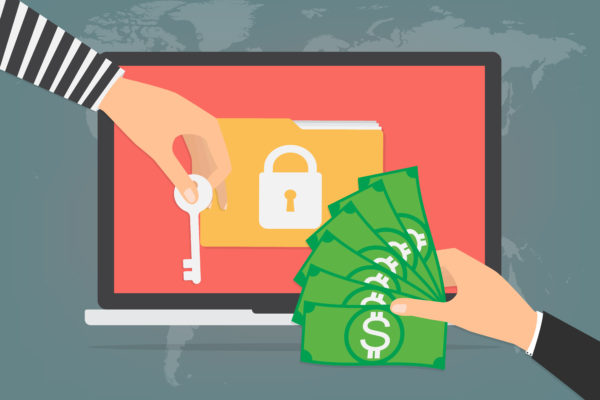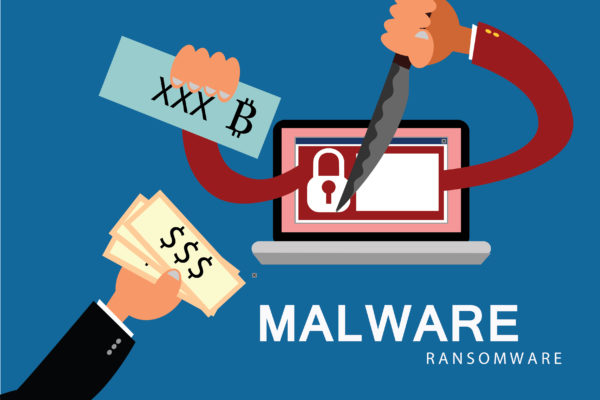Getting an email in your company’s inbox offering huge discounts or free legal advice, and one of your employees opening it can be an epic disaster. Neither you nor your employees can completely identify an attack or spam. At times, the information provided or the website referred to looks so tempting and legitimate that the end user cannot completely rule out the possibility that it might be a spam.
Ransomware, phishing and pharming have become extremely common and undetectable cyber attacks in the current internet world. It is important to differentiate between the three attacks.
Ransomware is a software which is lethal once it is downloaded or installed on a device and it starts to take over your system, either slowly or right away. These attacks usually freeze your data and ask you to pay the amount mentioned in their ransomware note to gain access to it.
Phishing is a spam email which is fraudulent by nature. The user clicks on the link, fills up a form revealing his personal details like bank account number, passwords, credit card info, etc. and gets hacked. This kind of attack is usually started off from a legitimate looking company.
Pharming is a more complexed attack than phishing. The hacker will sneak into a computer system and install malicious codes which will divert the traffic from that website to a fake website which is designed by the attacker. Many websites contain personal data of their clients which is then used to extract money from these customers.
In essence, all three attacks may create a deadly combination and you may end up losing a lot of data and important clients. Phishing attacks seem very usual in the beginning. You get a legitimate email from a legitimate website and you click it. Once the attacker gains access to your system, he may start sending a virus to different parts of the system and infect an entire organization.
How Can You Differentiate Between The Two?
As the cybercrime world is at its peak, it is absolutely necessary to educate employees in your workplace. The responsibility to ensure that the employees are well aware of the technicalities of how these scams or malicious software work lies solely on the employer. IT departments should make it a ritual to send out memos regarding the latest developments and educate employees on how these threats may occur on the internet.
The rules of thumb are to avoid the following:
- Refrain from clicking on any emails, attachments or pop-up messages on your system which are coming from unknown users.
- Websites or emails offering lifetime guarantees or once in a lifetime offer are often the ones which are linked to these malicious websites, no matter how authentic they may look or how legitimate they may sound.
- Software developers have included the junk folder for a reason. Do not go to the junk folder to open any email that may seem interesting to you. The system has put it there for a reason.
- If by any chance a malicious email is open-ended by someone, disconnect your system from the internet and do not let the malware penetrate any further in your system. Then immediately run a full antivirus scan on your system to make sure the files are well protected.
Furthermore, it is the duty of the employees to keep themselves updated on the latest threats and attacks.



